A contemporary William Smith map

A contemporary interpretation of William Smith’s 1815 geological map has been created by Bristol artist Rodney Harris, coloured using material collected from the actual rocks represented on Smith’s map.

A contemporary interpretation of William Smith’s 1815 geological map has been created by Bristol artist Rodney Harris, coloured using material collected from the actual rocks represented on Smith’s map.
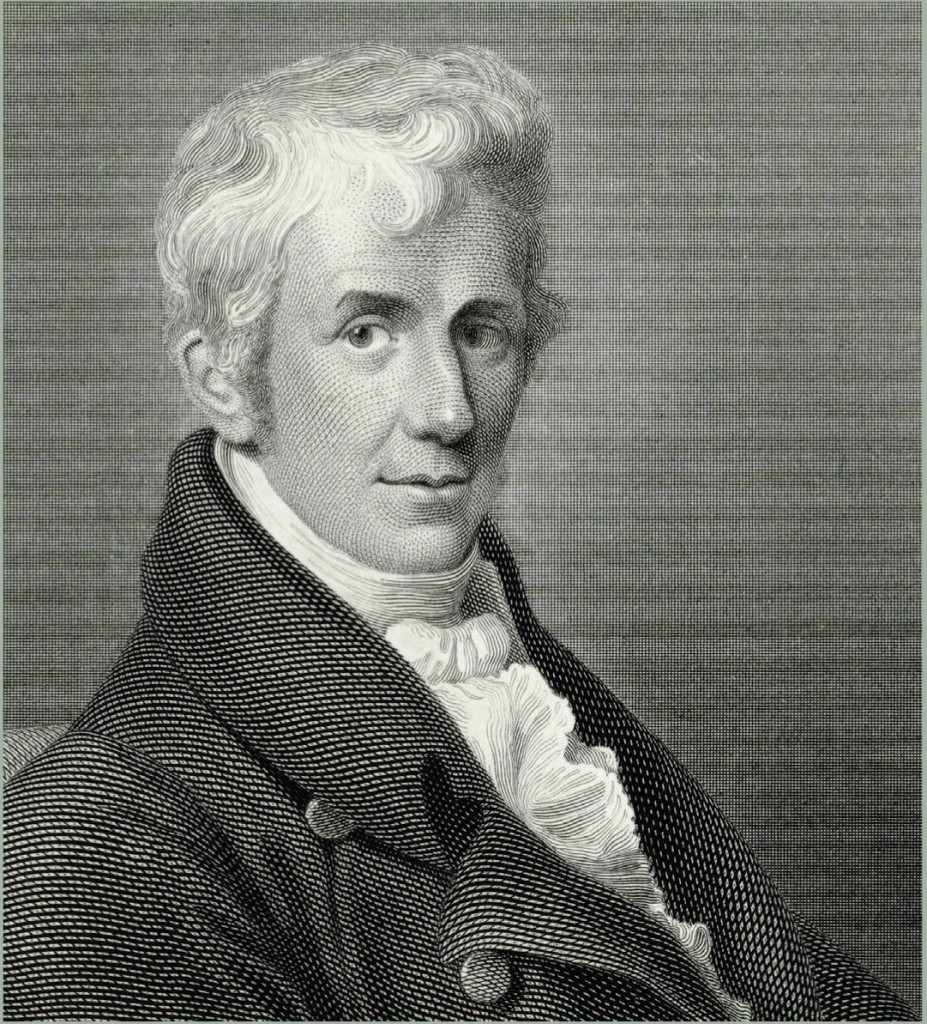
James Sowerby (1757-1822) was an outstanding artist and natural historian, renowned for his discoveries and prodigious output of beautiful, scientific books of plants, fungi, animals, fossils and minerals, all at a key historical time: the age of Enlightenment in Great Britain. Beautifully illustrated with artwork and letter and manuscript extracts, this first full biography of Sowerby is a fascinating artistic and historical account, which extends beyond that of one key player.
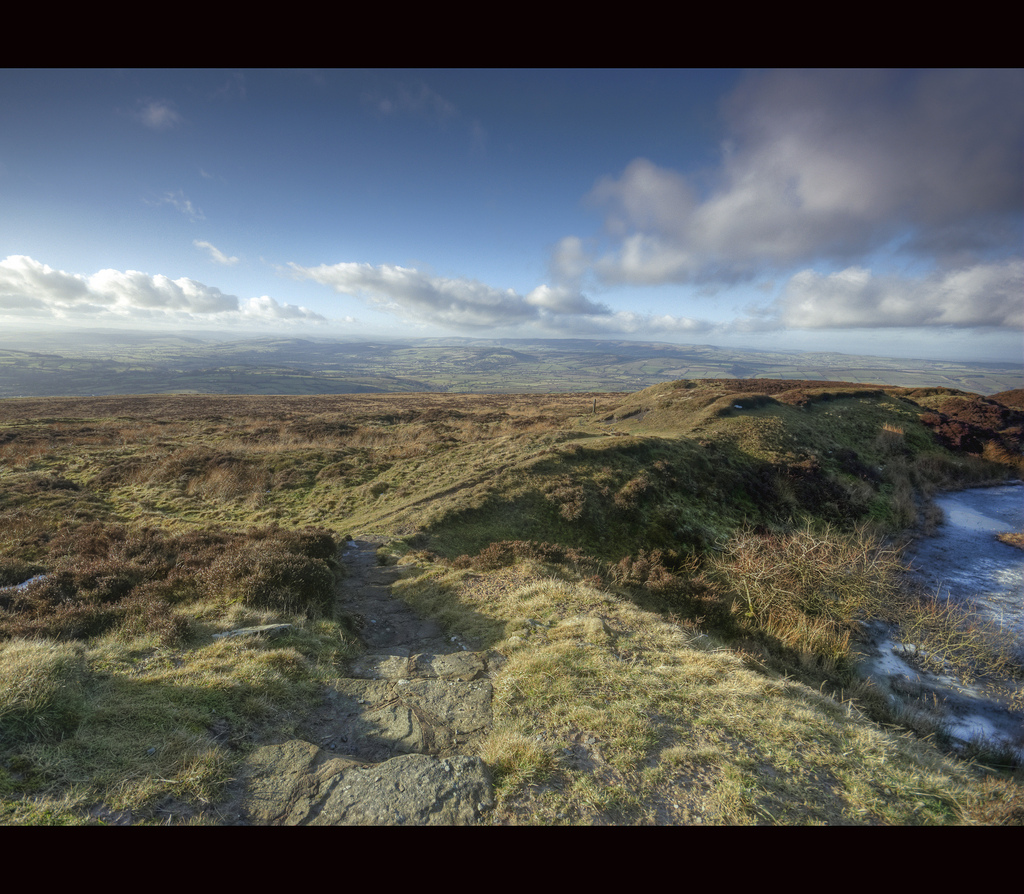
The Geology of the Marches symposium is taking place in Ludlow between Friday 2nd to Sunday 4th October in Ludlow. Get all the details about the conference on the official website.

Geology, ethnology, and history collaborated in the past two decades to provide us with a complete picture of the Pacific Northwest’s Cascadian subduction zone and its past high-magnitude earthquakes. As an excellent article in The New Yorker makes clear, this information could not have come at a better time, as the next big quake may strike in the next few decades and we remain woefully underprepared for its disastrous consequences.
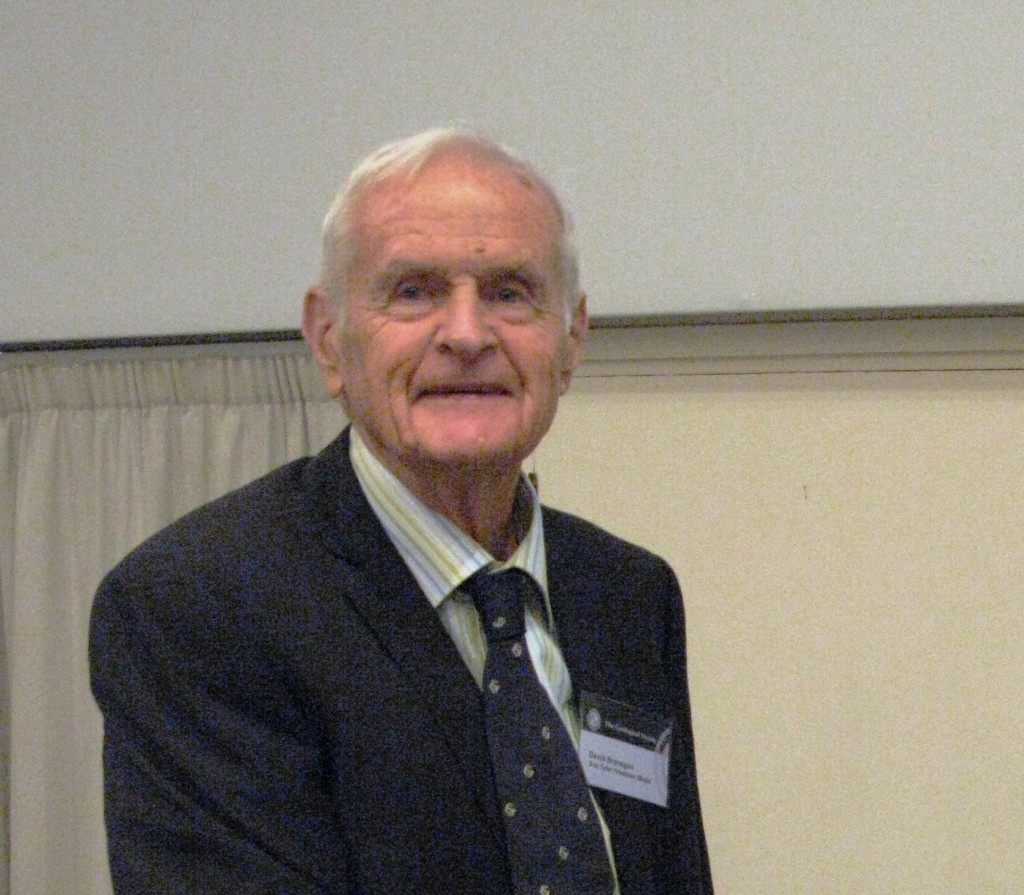
This year, the Geological Society of London has awarded its Sue Tyler Friedman Medal, awarded for excellence in research into the history of geology, to Dr. David Branagan of the University of Sydney.
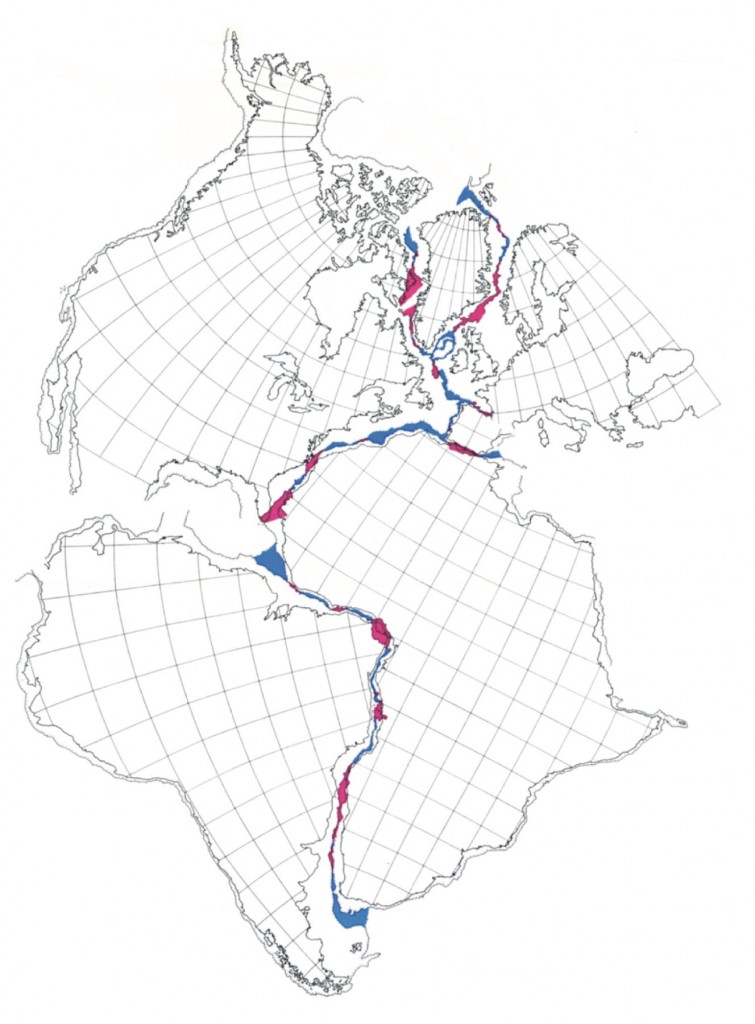
Amidst the many events this year celebrating William Smith and the publication of his map, comes another less well-known anniversary. The acceptance of continental drift led to a seismic shift in 20th century geology, the development of the theory of plate tectonics. This was the result of many technological and conceptual advances, one of which celebrates its 50th anniversary this year: the first mathematical joining of the trans-Atlantic continents by Sir Edward Bullard, Jim Everett, and Alan Smith.

Amidst the many events this year celebrating William Smith and the publication of his map, comes another less well-known anniversary. The acceptance of continental drift led to a seismic shift in 20th century geology, the development of the theory of plate tectonics. This was the result of many technological and conceptual advances, one of which celebrates its 50th anniversary this year: the first mathematical joining of the trans-Atlantic continents by Sir Edward Bullard, Jim Everett, and Alan Smith.
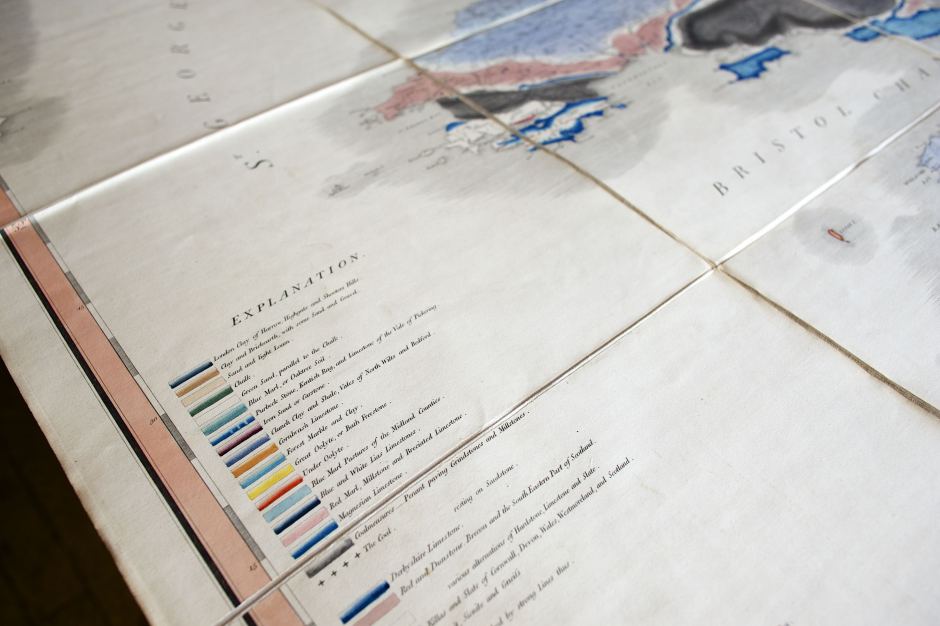
William Smith: Colours Beneath Your Feet is an exhibition exploring the life of William Smith and the making of his 1815 geological map, including the first public display of a very rare, canvas-mounted travelling copy of the map (series b, 22). See the exhibition at Dudley Museum and Art Gallery, from 23rd May to 19th September 2015.
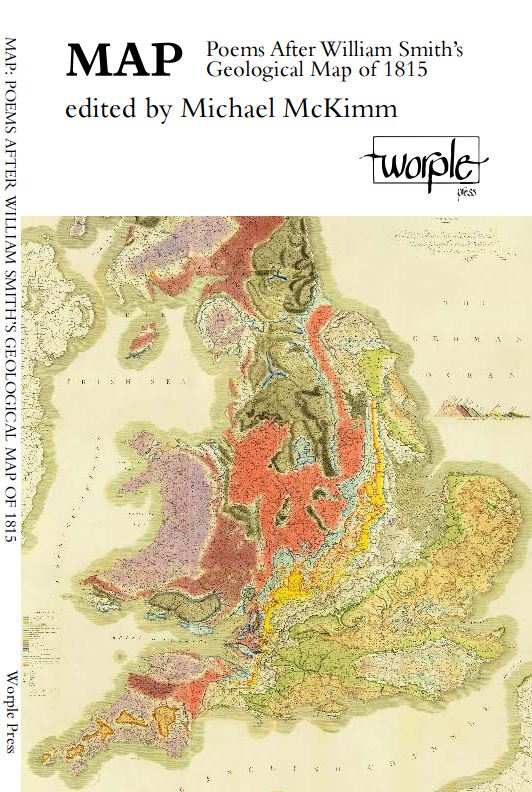
This is a remarkable anthology of poetry; I cannot think of another geological map or geologist that is so honoured. It is a wonderfully diverse creative response to William Smith’s map, his unique insight and his dramatic life story, evoked in 42 poems from 31 invited poets. – review by John Henry

This is a remarkable anthology of poetry; I cannot think of another geological map or geologist that is so honoured. It is a wonderfully diverse creative response to William Smith’s map, his unique insight and his dramatic life story, evoked in 42 poems from 31 invited poets. – review by John Henry